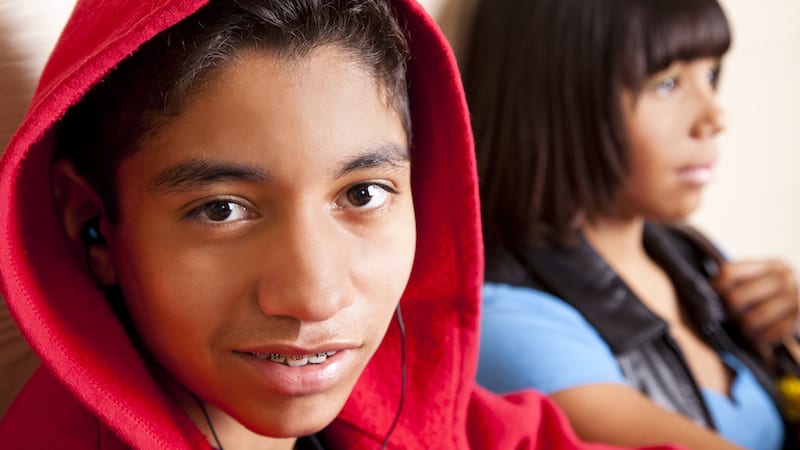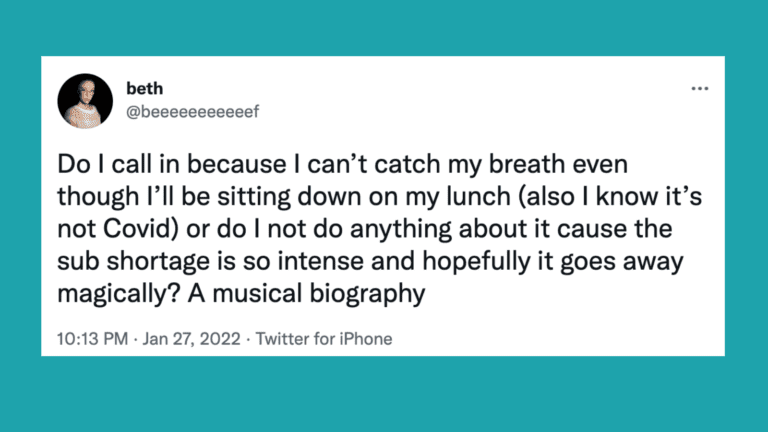It’s happening everywhere, just like it always has. Seasoned teachers are telling new ones, “Don’t smile until Christmas.” Teachers are planning their first week’s instruction, adding, “I’m totally focused on breaking them in. I won’t even smile until Christmas.” Principals are reminding their staff, “We’re going to keep our expectations clear and our standards high. Don’t smile until Christmas!”
I know fantastic teachers who repeat this saying, and it works for them.
But as both a teacher and a parent, it kind of makes me crazy.
I know it’s not literal. I know that it really means presenting yourself as a strict, no-nonsense teacher who expects the best from his or her students. I’m just not sure that’s the only way—or even the best way—for everybody.
I’ve started a new job several times in my teaching career, and you can get a feel on your first day for what the school culture is like. The year I taught private school, the administration spent most of preplanning lecturing us about teacher dress code. I met about four of my colleagues and had to spend the weekend getting my classroom ready, because we spent the last crucial day of preplanning listing to a “wardrobe consultant” explain the importance of a blazer or suit jacket. Mind you, this school was K-8. They wanted kindergarten teachers to wear suits.
The dress code isn’t the point, though. The point is that the message they sent was that what we wore was more important that who we were or how we taught. An environment in which everyone followed rules to the letter was more important than an environment where people felt welcome and valued. I don’t ever want my classroom to be that kind of place.
Starting a new job is difficult and scary, and I’m in my thirties.
How much harder is it for a 14-year-old? A sixth grader? A second grader? It’s exacerbated by the fact that they don’t have a choice. If I start work at a job and absolutely hate it, I’ve got options. I’m basically unfit for anything except teaching, but I could look for another school. These kids, on the other hand, are stuck. They’re completely at our mercy, and if they walk into a setting where they feel they are only as good as their ability to follow orders with no mistakes or deviation, it’s hard to feel positive about the new school year. Especially for our kids with special needs or emotional/behavioral issues.
I’m not saying that I plan to be the “nice” teacher, or the “cool” teacher, God forbid.
I’ll still make the rules clear to my students, and I’ll still expect their best. But it’s not so hard to do that with a gentler touch. It doesn’t have to be, “Matt! You are not allowed to leave your seat without permission. If it happens again, you have lunch detention.” It’s just as easy to call a kid out in the hall and say, “Your moving around the room is disrupting my class, Matt. Can you tell me why you’re having trouble staying in your seat?”
Now, hopefully Matt will plant his butt in his seat, and he knows I’m on his side and want to help him out. I might still have to dole out a lunch detention, but he’ll know I’ve listened to his side of the issue.
There’s also the fact that I’m excited about the new year.
I love meeting my new students, and I insist on reinventing the wheel of my curriculum every year, so I’m looking forward to trying out some new lesson plans the first week. My goal is to get my kids excited, too. I want them to go home and tell their parents how much they’re looking forward to seventh grade language arts. I’ve found that it’s virtually impossible to be excited and passionate about my subject and students while maintaining a serious demeanor. I’d rather my students see me as engaged than as strict, even if it means a little more work at setting limits.
The first day of school is scary and exciting for everybody, both teachers and students.
My son won’t sleep all night before his first day of first grade. He’ll walk into that school feeling both nervous and hopeful about his new class. I pray that his teacher looks into those big blue eyes and smiles at that boy all day long. I know that’s what I’ll be doing with my students.

